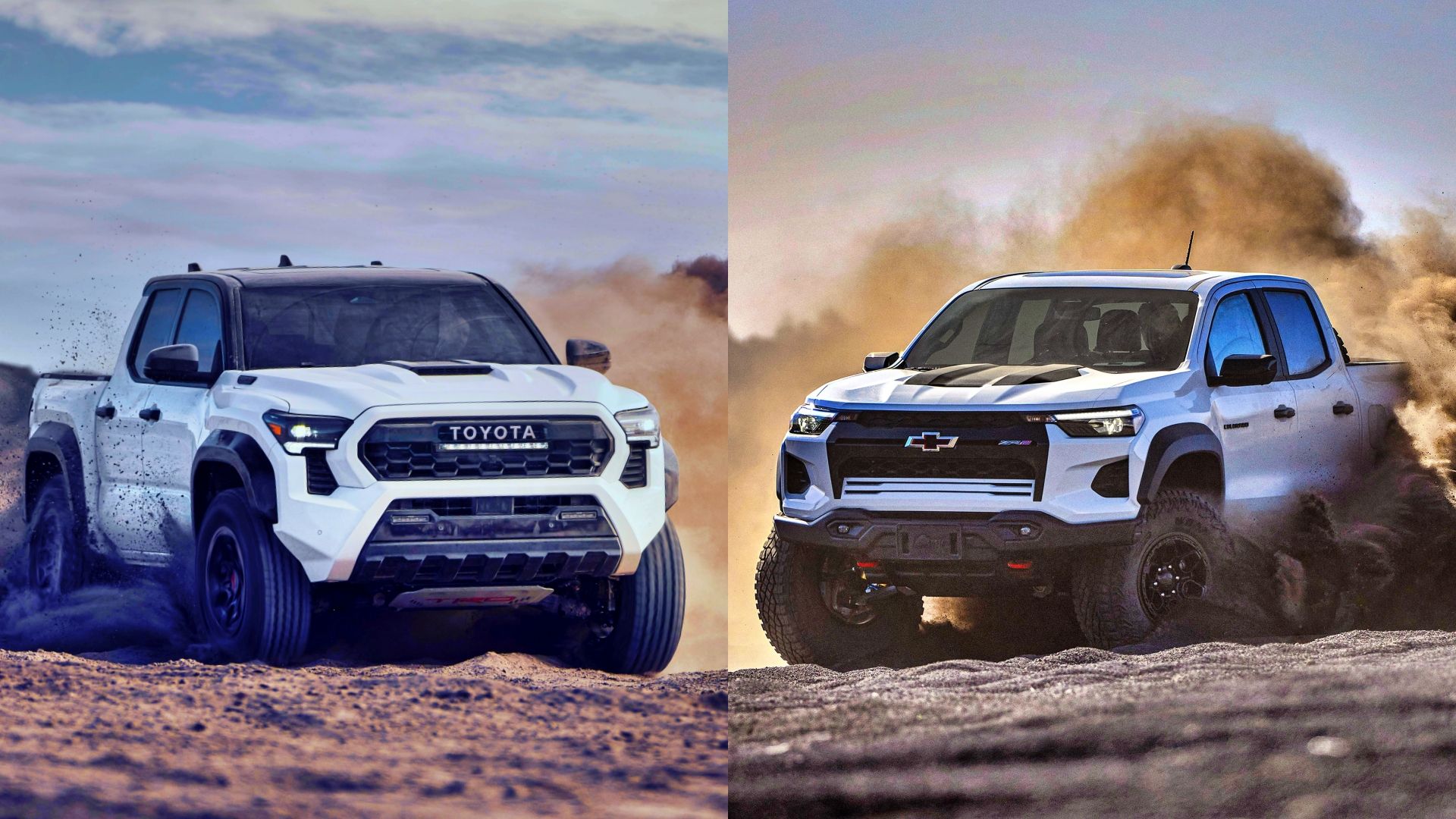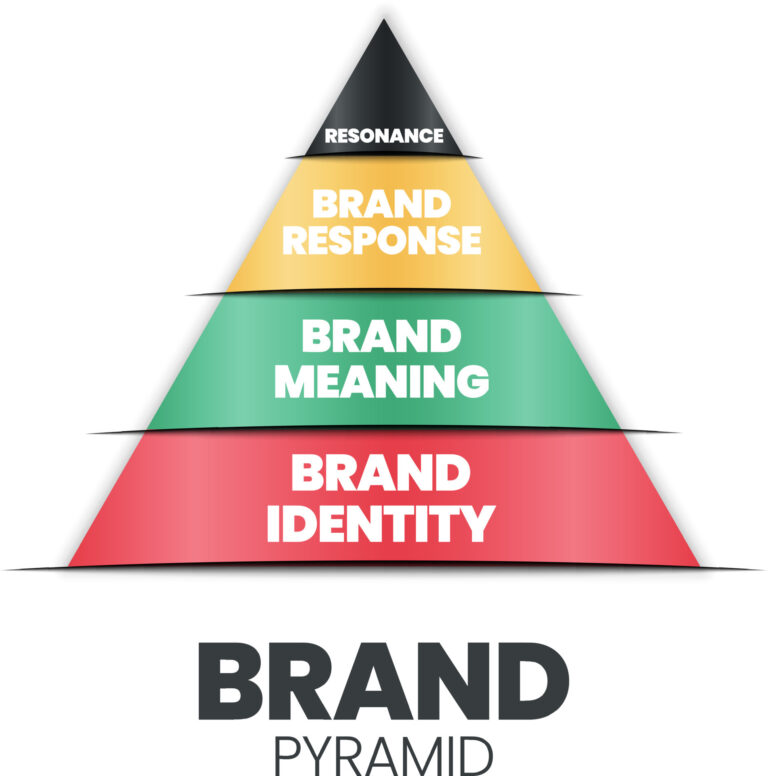Will A Topper For Chevy Colorado Fit A Toyota Tacoma? Unpacking Truck Bed Topper Compatibility
Will A Topper For Chevy Colorado Fit A Toyota Tacoma? Unpacking Truck Bed Topper Compatibility cars.truckstrend.com
Truck bed toppers, also known as camper shells, truck caps, or canopies, are invaluable accessories for truck owners. They transform an open bed into a secure, weather-protected storage area, perfect for tools, gear, or even an impromptu camping setup. Given their utility, it’s natural for truck owners, especially those looking for cost-effective solutions, to wonder about interchangeability between different truck models. A common question that arises is: "Will a topper designed for a Chevy Colorado fit a Toyota Tacoma?"
The short answer, for the vast majority of cases, is no, not without significant and often impractical modifications. While both the Chevy Colorado and Toyota Tacoma are popular mid-size pickup trucks, their bed dimensions, rail contours, and overall designs are distinct enough to prevent a direct, seamless fit. This comprehensive guide will delve into the intricacies of truck topper compatibility, explain why a Colorado topper won’t typically fit a Tacoma (and vice versa), and offer practical advice for those seeking the perfect topper for their vehicle.
Will A Topper For Chevy Colorado Fit A Toyota Tacoma? Unpacking Truck Bed Topper Compatibility
Understanding Truck Topper Compatibility: The Crucial Dimensions
Toppers are precision-engineered to match specific truck beds. Even minor discrepancies in dimensions can lead to a poor fit, compromising aesthetics, weather sealing, security, and potentially causing damage to both the topper and the truck. Several key measurements determine compatibility:
- Bed Length: This is the most obvious factor. Toppers are designed for specific bed lengths (e.g., 5-foot, 6-foot). A topper designed for a 5-foot bed will not fit a 6-foot bed, and vice versa, as it will either be too short or too long.
- Bed Width: This is perhaps the most critical and often overlooked dimension. The width of a truck bed can vary significantly not just between manufacturers, but also from the cab end to the tailgate end within the same truck. Toppers are designed to match these precise width contours.
- Bed Rail Shape and Angle: Truck bed rails are not perfectly flat or straight. They often have specific curves, angles, or even slight humps near the cab or tailgate. A topper’s base frame is molded to sit flush on these unique rail contours, ensuring a watertight seal.
- Cab Height and Angle: While not directly affecting the bed fit, the topper’s front profile is designed to align with the truck’s cab for aerodynamic efficiency and aesthetic appeal. A mismatch here can create an unsightly gap or an uneven look.
- Tailgate Design: The rear of the topper is designed to meet the tailgate flush, often with a slight overhang or specific molding to ensure weatherproofing when closed. Different tailgate designs mean different topper rear sections.

The Chevy Colorado Bed: Dimensions and Characteristics
The Chevy Colorado, along with its GMC Canyon sibling, is a popular choice in the mid-size truck segment. Over its generations, the Colorado has offered different bed lengths and maintained specific bed characteristics.
- Common Bed Lengths: Typically available in Short Box (approx. 5 feet 2 inches) and Long Box (approx. 6 feet 2 inches).
- Bed Width: The width across the bed rails is generally consistent for a given generation, but the precise contour and width can vary slightly from the front (cab end) to the back (tailgate end). For instance, the maximum width at the bulkhead might be around 61-62 inches, tapering slightly towards the tailgate.
- Bed Rail Design: Colorado bed rails are generally flatter and wider than some competitors, providing a solid platform for topper clamps. However, they have their own unique slight curves and angles.

The Toyota Tacoma Bed: Dimensions and Characteristics
The Toyota Tacoma has long been a segment leader, renowned for its reliability and off-road capability. Its bed design, particularly in recent generations, presents distinct challenges for universal fitment.

- Common Bed Lengths: Similar to the Colorado, Tacomas come in Short Bed (approx. 5 feet) and Long Bed (approx. 6 feet) configurations.
- Bed Width: The Tacoma’s bed width is notably different from the Colorado. While overall width might seem similar, the specific contours, especially at the bulkhead and tailgate, are unique. The Tacoma’s bed is often perceived as slightly narrower and deeper than the Colorado’s.
- Composite Bed Construction: Modern Tacomas (since 2005) feature a composite (SMC – Sheet Molded Composite) bed, which offers durability and rust resistance. This material choice means different attachment points and rail designs compared to steel beds.
- Deck Rail System: Tacomas come standard with an integrated deck rail system along the inside of the bed, used for tie-downs. While toppers sit on the top rails, this system indicates the unique internal structure.
- Bed Rail Design: Tacoma bed rails tend to have more pronounced curves and sometimes a slightly narrower profile compared to the Colorado, especially towards the cab.
Direct Comparison: Why a Colorado Topper Won’t Fit a Tacoma (and Vice Versa)
When comparing the Chevy Colorado and Toyota Tacoma bed dimensions directly, the reasons for incompatibility become clear:
- Width Discrepancy: Even if two trucks have a "5-foot bed," their widths, particularly the precise measurements at the front, middle, and rear of the bed rails, will almost certainly differ. A topper designed for a Colorado will likely be too wide or too narrow at certain points to sit flush on a Tacoma, creating gaps. These gaps compromise weather sealing and security.
- Bed Rail Contours: This is the biggest hurdle. The subtle curves, angles, and sometimes varying heights of the bed rails are unique to each truck model and even specific generations. A topper’s fiberglass or aluminum base is molded precisely to these contours. Forcing a Colorado topper onto a Tacoma’s differently shaped rails would result in an improper seal, leading to leaks, rattling, and potential stress cracks on the topper or damage to the truck’s bed rails.
- Length Precision: While both offer 5-foot and 6-foot options, the exact "5 feet" or "6 feet" can vary by an inch or two between manufacturers. This seemingly minor difference can mean the topper doesn’t align perfectly with the tailgate or the front of the bed.
- Aesthetics and Cab Alignment: Even if you somehow managed to get the base to sit, the front of the topper might not align with the Tacoma’s cab, creating an awkward visual gap or an uneven profile that impacts aerodynamics and looks.
"Making It Fit": The Realities of Modification
The idea of modifying a topper to fit a different truck model might seem appealing, especially when a great deal on a used topper presents itself. However, for a Chevy Colorado topper trying to fit a Toyota Tacoma (or vice versa), the modifications required are usually extensive, costly, and ultimately impractical.
- Minor Adjustments: Sometimes, very minor width discrepancies (e.g., less than half an inch) might be "managed" with extra weather stripping or shims. However, this is rarely a perfect, long-term solution and often leads to an imperfect seal.
- Structural Modifications: To address significant width or contour differences, you would need to cut and reshape the fiberglass or aluminum base of the topper. This is a highly specialized job requiring fiberglass repair skills or metal fabrication. It’s expensive, time-consuming, and can compromise the structural integrity of the topper, making it weaker, prone to leaks, and potentially voiding any warranty.
- Compromised Functionality: Even if modified, a poorly fitting topper will likely leak, allowing water and dust into your bed. It might rattle excessively, and the clamps might not secure it properly, posing a safety risk. The rear door might not seal correctly against the tailgate, affecting security.
- Cost vs. Benefit: The cost of professional, structural modifications often outweighs the savings from buying a "mismatched" used topper. By the time you pay for the modifications, you might have spent more than if you had simply purchased a new or correctly fitting used topper for your specific truck.
Alternatives to Direct Swapping
Given the significant challenges, what are your best options if you need a topper for your Toyota Tacoma (or Chevy Colorado)?
- Buy New and Model-Specific: The most straightforward and recommended approach is to purchase a new topper designed specifically for your truck’s make, model, year, and bed length. Manufacturers like ARE, Leer, Snugtop, and ATC offer a wide range of styles and features tailored to fit perfectly.
- Buy Used and Model-Specific: This is often the most cost-effective solution. Look for used toppers explicitly advertised for your truck’s make, model, and bed length. Websites like Craigslist, Facebook Marketplace, and dedicated truck forums are good places to search. When buying used, always bring your truck to test fit the topper before purchasing. Measure your truck’s bed meticulously (length, and width at multiple points) and compare it to the topper.
- Universal-ish Toppers (Limited Scope): While truly universal toppers are rare, some manufacturers offer "commercial" or "utility" style toppers that have slightly more forgiving dimensions or a more basic, boxy shape. However, even these usually require specific bed lengths and might not offer the same aesthetic integration or perfect seal as a custom-fit unit. They are still not designed for direct inter-brand swapping.
- Consider a Tonneau Cover: If your primary need is just weather protection and security for items in the bed, a tonneau cover (soft roll-up, hard folding, or retractable) is a much more affordable and model-specific alternative that will always fit correctly.
Estimated Costs for Truck Toppers and Related Services
The price of a truck topper can vary widely based on material, features, brand, and whether it’s new or used. Here’s a general price guide for toppers relevant to Chevy Colorado and Toyota Tacoma, along with related services:
| Item/Service | Description | Estimated Price Range (USD) |
|---|---|---|
| New Fiberglass Topper | Standard cab-high, painted to match, basic features (sliding windows, rear door) | $2,000 – $4,000+ |
| (e.g., ARE CX Classic, Leer 100R) | ||
| New Aluminum Topper (Commercial/Utility) | More basic, durable, often unpainted, for work trucks | $1,500 – $3,000+ |
| Used Fiberglass Topper (Good Condition) | Model-specific, good paint, functional parts (may need new seals/gas struts) | $500 – $1,500 |
| Used Aluminum Topper (Good Condition) | Model-specific, often more basic, good structural integrity | $300 – $800 |
| Basic Topper Installation (Professional) | Includes clamping, wiring brake light (if applicable), basic weather stripping | $50 – $200 |
| Replacement Parts | New gas struts, window latches, clamps, weather stripping | $20 – $150 per part |
| Custom Paint Match (if buying used) | Repainting a used topper to match your truck’s color | $400 – $1,000+ |
| Minor Modification/Adjustment | Adding shims, extra weather stripping, minor trim adjustments (DIY or shop time) | $50 – $300 |
| Major Structural Modification | Cutting/reshaping fiberglass/metal (highly specialized, often not recommended for fitment issues) | $800 – $2,500+ (if even possible) |
Note: Prices are estimates and can vary significantly based on location, brand, features, and market conditions.
Frequently Asked Questions (FAQ)
Q1: Can I use a topper from a different make/model truck (e.g., Ford F-150 on a Chevy Colorado)?
A1: Absolutely not. The dimensional differences between different truck makes (even within the same class) are far too great. A topper is designed for a specific make, model, and often a specific generation of truck.
Q2: What are the most critical measurements for a topper fit?
A2: The most critical measurements are the exact bed length (from bulkhead to tailgate), and the width across the top of the bed rails at multiple points (front, middle, and rear). The contour and shape of the bed rails are equally important.
Q3: Is it ever possible to modify a topper to fit a different truck perfectly?
A3: Rarely, and almost never perfectly or practically. Minor adjustments might be made for very slight discrepancies, but significant changes to width or bed rail contour require extensive, expensive, and specialized fiberglass or metal work that often compromises the topper’s integrity and aesthetic. It’s generally not recommended.
Q4: What happens if a topper doesn’t fit perfectly?
A4: An imperfect fit can lead to several problems: water leaks, dust intrusion, excessive rattling, compromised security (as clamps may not secure it properly), stress cracks on the topper, and potential damage to your truck’s bed rails over time. It will also look unsightly.
Q5: Where can I find a used topper that will fit my truck?
A5: Your best bets are online marketplaces like Craigslist, Facebook Marketplace, and dedicated truck owner forums. Be specific in your search (e.g., "Used Leer 100R for 2018 Toyota Tacoma Short Bed"). Always inspect the topper in person and, ideally, test fit it on your truck before purchasing.
Q6: Are there "universal" toppers?
A6: Truly universal toppers are very rare and typically only exist for highly specialized, often commercial or flatbed applications, where they are essentially a box sitting on a flat surface. For consumer pickup trucks, toppers are model-specific due to the unique bed dimensions and contours of each vehicle.
Conclusion
The dream of swapping a Chevy Colorado topper onto a Toyota Tacoma – or any other cross-brand fitment – is, unfortunately, largely a pipe dream. While both are excellent mid-size trucks, their bed dimensions, rail contours, and overall designs are fundamentally different. Attempting to force a fit will almost certainly lead to a host of problems, from leaks and rattles to structural damage, ultimately costing more in the long run than simply investing in a topper designed for your specific vehicle.
When it comes to truck toppers, precision fit is paramount for performance, protection, and peace of mind. The most practical and reliable approach is always to purchase a topper (whether new or used) that is specifically engineered for your truck’s make, model, year, and bed length. Doing so ensures a secure, watertight, and aesthetically pleasing addition that will serve you well for years to come.






